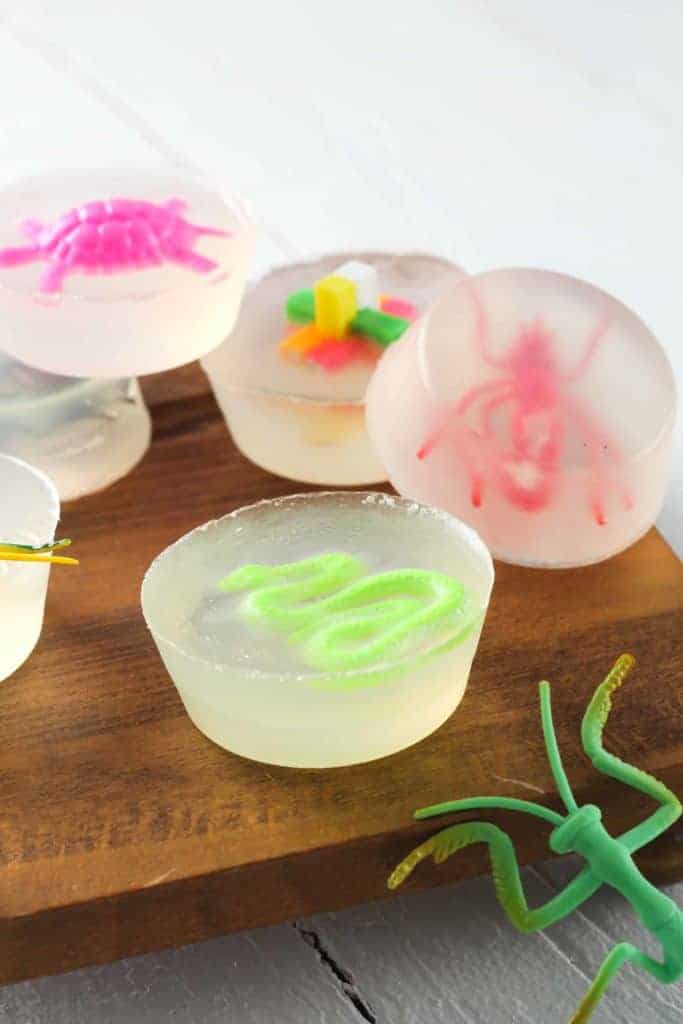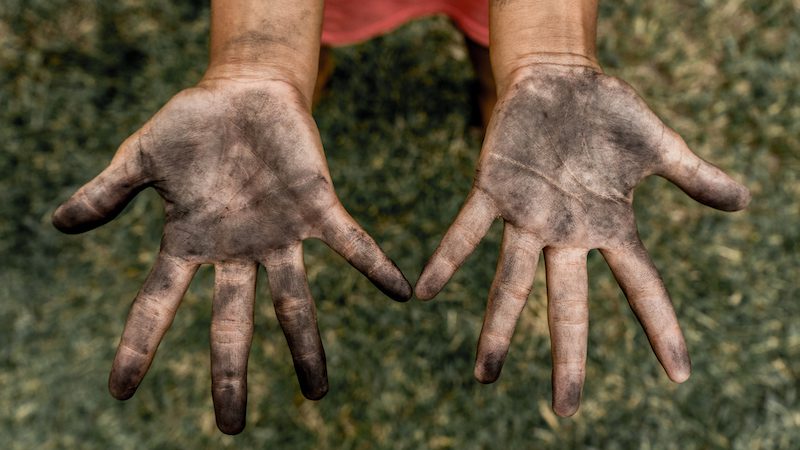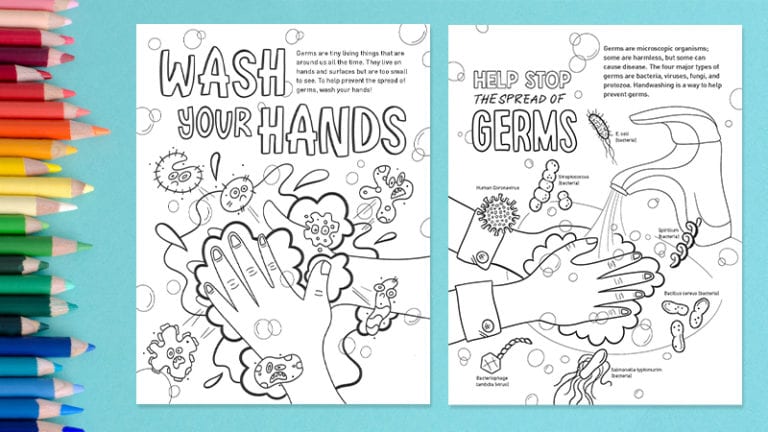Handwashing is one of the most effective ways to help prevent the spread of germs. So why are kids still so bad at it? It’s never a bad time to teach (or reteach!) kids proper handwashing procedures. Follow our advice on handwashing for kids and make the lesson stick:
Give them five easy steps to follow
Too many steps, and kids won’t remember. Teach kids to wash their hands using these five steps:
- Wet your hands with warm water.
- Lather your hands with soap.
- Scrub your hands for 20 seconds. (Remember to clean your palms, the back of your hands, between your fingers, and under your nails. Germs are good at hiding!)
- Rinse your hands under running water.
- Dry your hands with a clean towel.
Use music
Often, kids don’t scrub for long enough for handwashing to be effective. Most people teach children to sing the “Happy Birthday” song twice. However, the ABCs or “Twinkle, Twinkle, Little Star” (same tune, different words) will also work. Any song (or chorus) that lasts 20 seconds will do the trick, so feel free to get creative! Check out Wash Your Lyrics to turn any song into a handwashing infographic.
Make it fun
Kids are more engaged with any process when there’s a fun factor. Get a kid-friendly dispenser. You can also up your bar soap game. Follow these directions from Hello Glow to make your own glycerine soap with a “treasure” inside. Kids will be scrubbing like crazy to get to the hidden toy!

Source: Hello Glow
Be a good role model
Kids look to the adults around them to set the standard. By washing your hands frequently throughout the day, you set a powerful example. You model the proper technique, but you also show that you think the task is a valuable one.
Remind them often
Children need frequent reminders to wash their hands. It’s easy to remember when you can see the dirt on your hands, but germs are invisible to the naked eye. Prompt them throughout the day and emphasize handwashing at certain times. For example, kids should wash their hands before eating, after using the restroom, after blowing their nose, and when coming in from outside.
Provide a contingency plan
Teach kids that washing their hands is the most effective way to help prevent the spread of germs. However, they should also know what to do when soap and water aren’t available. In that case, they can use an alcohol-based sanitizer. Parents should supervise its use and make sure the sanitizer is at least 60% alcohol, as recommended by the Centers for Disease Control.

